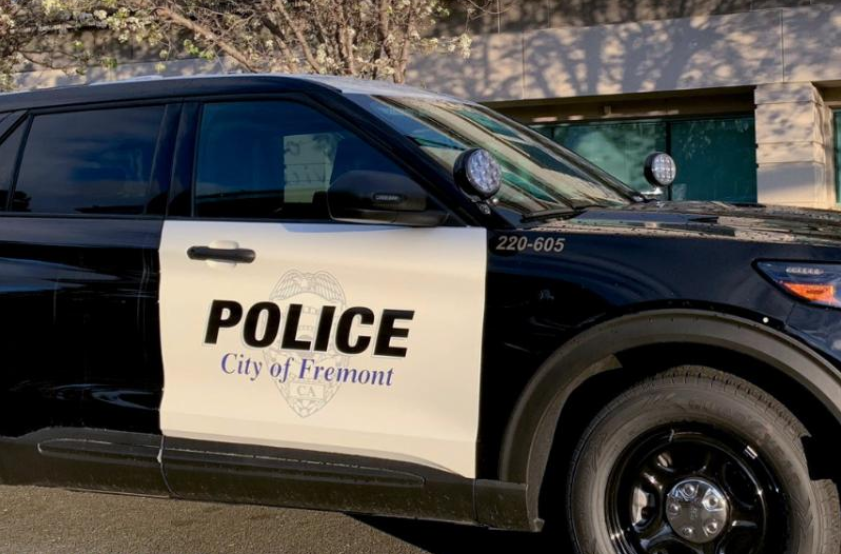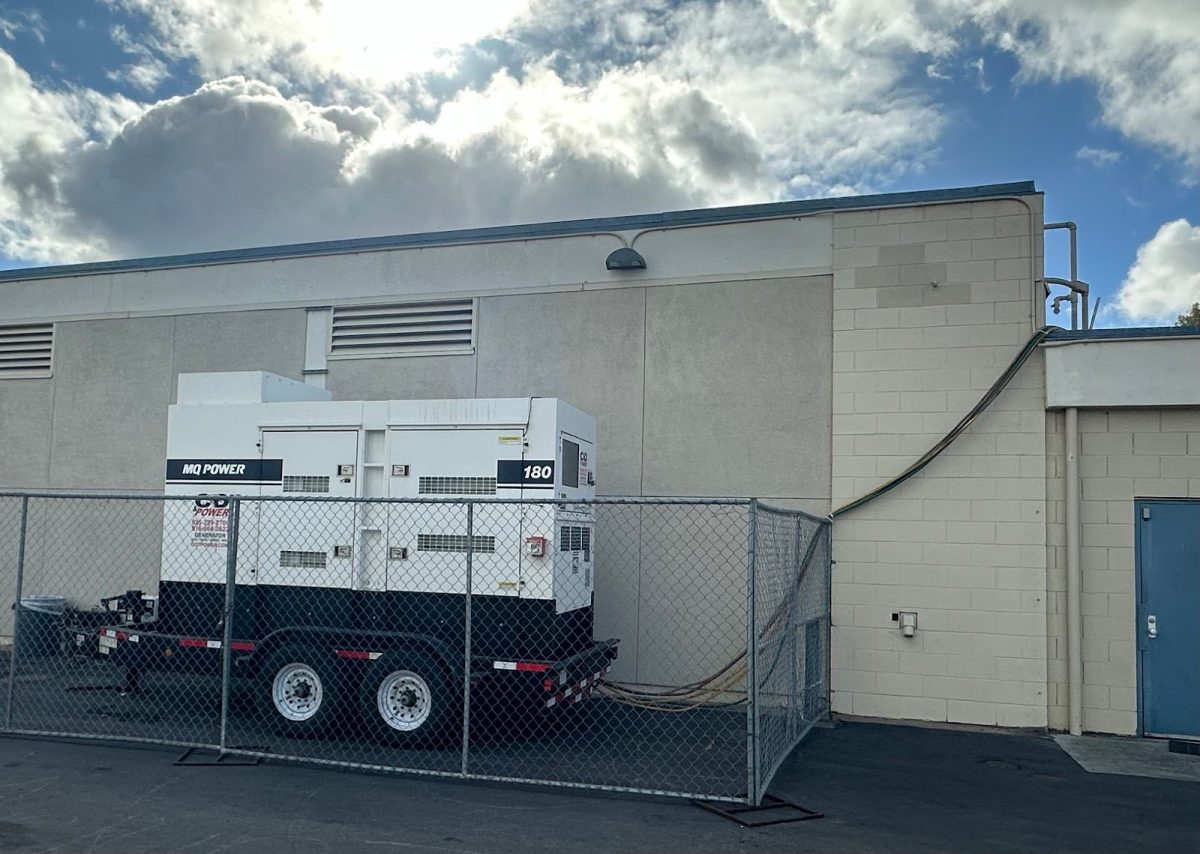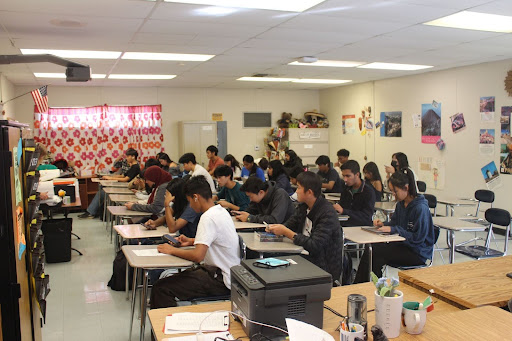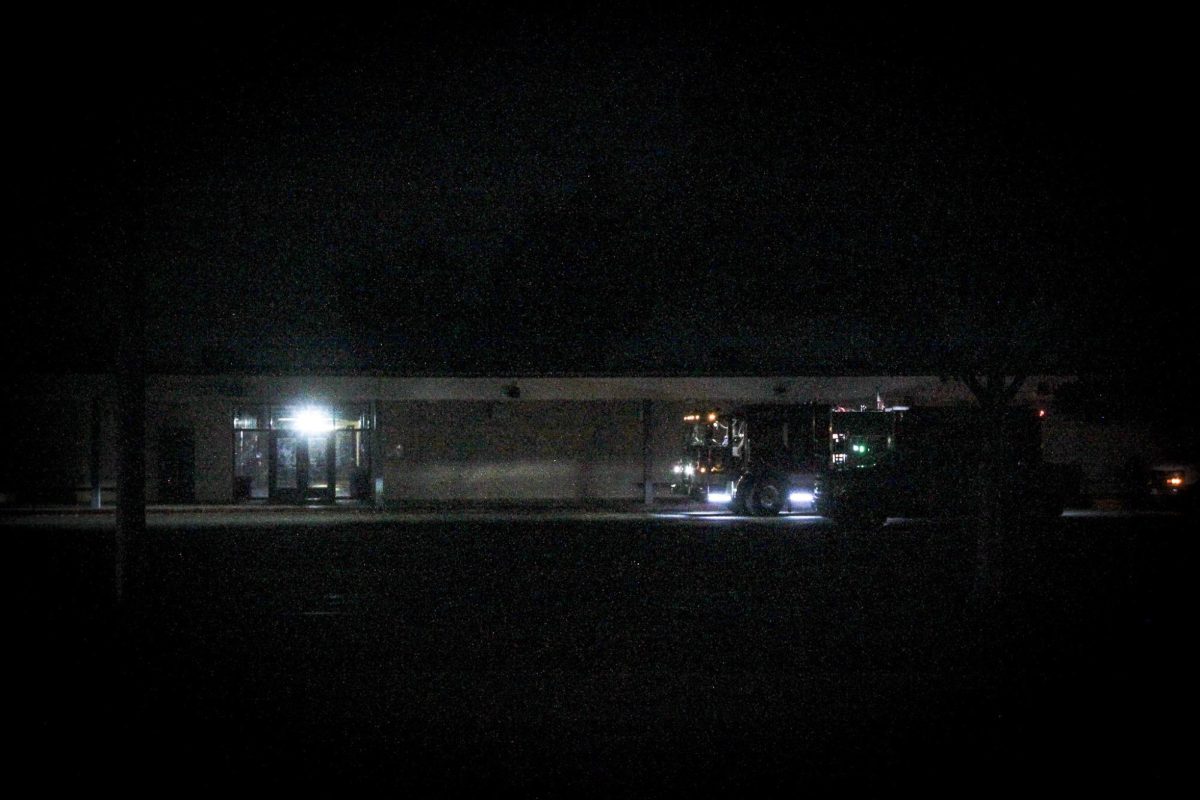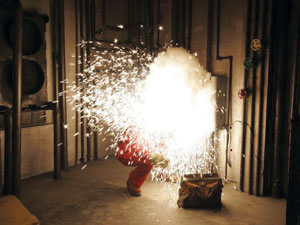Fire drills and alarms have long been a common issue at Irvington. Fire drills are inconsistent and often unknown to students. Additionally, fire alarms are prevalent due to vaping, false alarms, and accidents. Alarms, too, are inconsistent and can occur up to 4 times a week. Students and teachers are regularly interrupted by drills.
Students are especially impacted by fire drills when they occur during tests. Recently, several classes have been disrupted in the middle of tests and finals, such as Ms. Kohler’s AP Biology Final and Ms. Chung’s Calculus final. Pooja Verma (11) was in the middle of a College Board test for AP Biology when she was interrupted by a fire alarm. “It was timed, but then because of the fire alarm, we had to go out,” said Verma, “And the entire thing got postponed because all of our timers were still running. Even the [questions] that we did answer, we had to redo, which was really annoying.” Similarly, Yadhunandan Karumbyiram (11) was taking his AP Calculus MCQ final and was interrupted. “Before I can even look at the answer choices for the first question, the fire alarm starts screeching outside the door” said Yadhu, “After the bell rings, most of us rush back trying to start the test as early as possible, but in order to keep it fair, our teacher made us stand in line, outside the door, until all 30 of us were present”. The regular occurrence of these drills disturbs not only the teachers who have to change their schedules, but also students in critical times.
More than just being disruptive, evacuations at Irvington also pose a safety issue. The issue of chaotic evacuations became clear to the Irvington administration last year. Irvington principal Mr. Hicks describes how an observation by the Fremont Police brought problems to light. “Students were walking all over the place, they didn’t go to the correct areas,” explained Mr. Hicks, “The other part was the location. We had students evacuate all over the place. They want everybody out in one place.” Previously, some classes would evacuate to the front of the school, effectively blocking emergency vehicles. The excavation on Monday, March 31, exemplified many of these issues. A malfunctioning heater in room P4 caused an evacuation in the rain that lasted more than 15 minutes. Students were told by administrators to go to their advisory teachers, but many stayed with their second-period teachers or with their friends.
As a result of these issues, the administration has updated its evacuation policy. Instead of having classes line up in different places, all students will be evacuating to the field. Additionally, students will stay with their current teacher when evacuating to avoid confusion about who they should be with. The school plans to have a drill after spring break that will exercise all these changes, hopefully allowing students to get used to the new protocol.
Despite these issues, , another issue may be even more pertinent. As fire drills and false alarms become more common, there has been a shift in the attitude of students. “Everyone is really annoyed at them,” reflected Pooja Verma (11), one of many students impacted by the alarms. It’s also a big problem because if there’s actually a fire, all of us are screwed because nobody cares enough to actually follow it.” Many teachers have reinforced this attitude, choosing to ignore fire alarms instead of following protocol by evacuating classrooms. In the evacuation on March 31, several teachers led students back to classrooms before receiving the all-clear, and some did not come out of their classrooms at all. “In my three years, that [fire drill] was our first real one, and so it was kind of an eye opener,” expressed Mr. Hicks. “People are getting complacent and they’re not necessarily taking it as seriously as they need to.”
Ultimately, it comes down to cooperation between students, teachers, and administration to mitigate the issue of fire drills. While administration is working to make procedures clearer, students and teachers must follow them. “If there’s a fire alarm, we have to treat it as if it’s real,” stated Mr. Hicks. It is just not safe to take chances and ignore fire alarms no matter how many fake ones we have. The fire on March 31 showed us that real fires do occur, and evacuations are a necessary part of an unfortunate situation.


